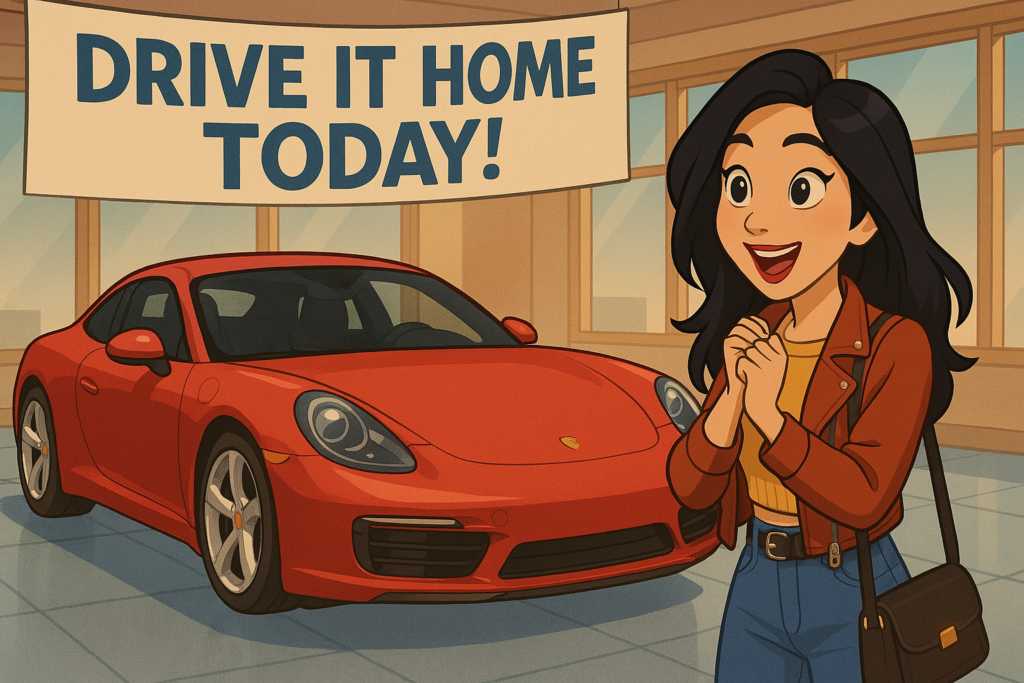
So far in my little series exploring the psychological barriers that block purchases, we’ve examined Anchoring Bias, Loss Aversion, and the Paradox of Choice.
Today, we’re diving into a bias that kills long-term thinking: Hyperbolic Discounting.
This intimidating term describes a simple (but totally irrational) phenomenon:
We dramatically overvalue IMMEDIATE benefits compared to future ones — even when waiting would yield way better results.
In classic studies, researchers have asked people: “Would you prefer $50 now or $100 in six months?”
Most chose the immediate $50 — effectively paying a 100% penalty to avoid waiting.
And yet, when asked: “Would you prefer $50 in five years or $100 in five years and six months?” almost everyone chose the larger amount.
It’s funny, because the time difference was identical to the first option I mentioned (six months), but proximity to the present radically altered decisions.
This bias explains why so many brilliantly designed products with clear long-term benefits fail to gain traction:
- Retirement accounts that would triple your money? “I’ll start next year.”
- Preventative healthcare that adds decades to your life? “Maybe later.”
- Home insulation that pays for itself in three years? “Nah, too expensive now.”
In I Need That, I discuss my concept of the Coveted Condition — that future state buyers imagine themselves achieving through ownership. Hyperbolic discounting explains why even when customers desperately want that future state, they often fail to take action that would actually get them there.
It’s too far away.
Our dog brain is fixated on gratification NOW. It can’t conceive of the future in emotionally meaningful ways. The tank brain understands the future logically, but struggles to override the dog brain’s immediate desires.
It’s a super-critical thing to remember when leveraging the Coveted Condition.
Too far in the future, and customers lose their mojo.
How can you get them winning fast, to give them a taste that makes them say “I need that” NOW?
Product Payoff: I experienced first-hand how Peloton overcame hyperbolic discounting by combining immediate and delayed gratification. While the primary benefit is long-term fitness (which alone might not drive enough purchases), they layered in immediate rewards: the endorphin rush from competition, the immediacy of live sessions, social recognition, and the dopamine hit of achievement badges. By stacking immediate emotional benefits on top of long-term rational ones, and offering easy financing, they built a $2.46 billion company selling a product that largely delivers delayed gratification.
Action for today: Identify the IMMEDIATE benefits your product delivers alongside its long-term value. Are you emphasizing future outcomes while neglecting that instant gratification? For products with primarily future benefits, brainstorm ways to create immediate emotional rewards that can hook customers while they wait for the bigger payoff. It’s become easy to offer low payment options for nearly any product through platforms like Shopify.
But what’chu gonna give them right NOW?
Our next email will explore Availability Bias — and why customers usually fail at solving problems they haven’t personally experienced. The future is too murky.
How do YOU handle the “now vs. later” challenge with your product?
Tap that instantly gratifying reply arrow and share your experience with me. I’d love to feature it in a coming email.
Or reach out to my fantastic team of product marketing specialists at Graphos Product.
